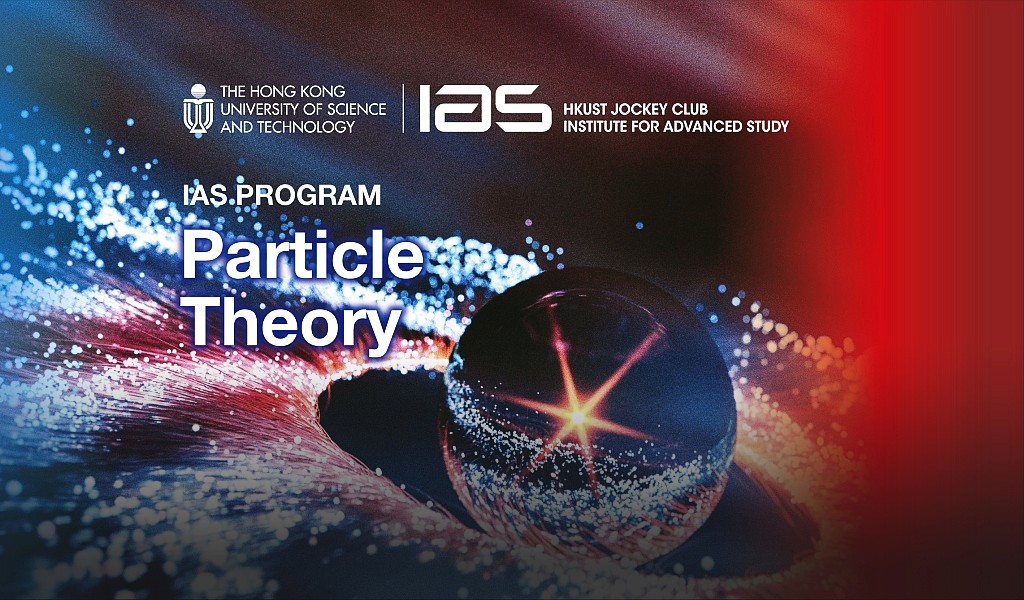Observational Constraints on Superconducting Cosmic Strings
Abstract
Highly beamed, short-duration electromagnetic bursts could be produced by superconducting cosmic string (SCS) loops oscillating in cosmic magnetic fields. Such electromagnetic bursts could provide a valuable probe to discover SCSs. Specifically, at very high redshifts, the electromagnetic energy released from SCS bursts could be absorbed by the dense surrounding medium to form a fireball, which could subsequently generate a gamma-ray burst (GRB). In contrast, at relatively low redshifts, the SCS burst emission could successfully penetrate through the intergalactic medium and be detected by radio telescopes, exhibiting as a fast radio burst (FRB). The speaker confronts the SCS burst model with the GRB and FRB observations including their durations, frequencies, energy releases, and event rates. The basic consistency between the model and observations suggests that FRBs and high-redshift GRBs could be observational signatures of SCSs. Then some model parameters can be constrained.
About the program
For more information, please refer to the program website at http://iasprogram.ust.hk/particle_theory.



